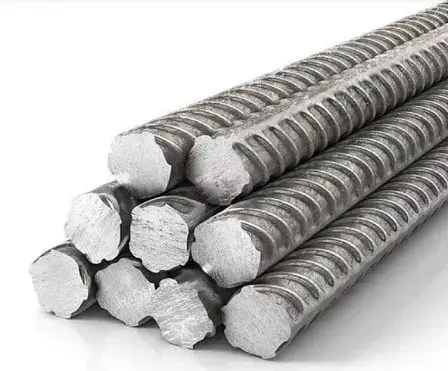The diameter of the reinforcement directly affects the strength and reliability of the ribbon foundation. The size of 12 mm is considered optimal in low-rise construction: it provides a good margin of safety, without overspending metal and unnecessary costs. At the same time, it is necessary to correctly calculate the number of 12 reinforcement bars, their position in the tape, the joint pitch and the type of reinforcement — all this directly affects the load distribution and the service life of the foundation.
Shallow and deep foundation — laying scheme
The foundation tape is a reinforced concrete enclosed around the perimeter, absorbing the load from walls and floors. For a standard single-storey house (made of aerated concrete, timber, frame), a shallow foundation with a depth of 40-60 cm is more often used. When erecting buildings on 2 floors or with clay, deep soil, a buried ribbon is made with a depth of 80-120 cm or more.
The reinforcement scheme for both types includes:
-
two longitudinal working threads at the top and two at the bottom are the areas where 12 mm reinforcement is needed.
-
vertical lintels and transverse clamps — 6-8 mm, they hold the frame
-
the pitch of the vertical and transverse rods is 30-50 cm, depending on the load
An example for a shallow foundation of 400×600 mm:
-
lower and upper tier — 2-3 bars each. 12
-
the distance between the bars is about 200-250 mm.
-
clamps — 6-8 mm, every 40 cm
-
the protective layer of concrete from the edge of the reinforcement is at least 40 mm.
How is the load distributed
The reinforcement in the tape works on tension. Concrete holds the compression perfectly, but it cannot cope with the tensile forces. It is at the bottom and top of the tape (when bending under load) that these stretching zones occur. Therefore, armature 12 is placed only at the top and bottom — this is the working armature.
The load itself from the walls and ceilings tends to "unbend" the tape — as if you were trying to bend it with an arc. The working bars take on the force, preventing tearing and cracking. The taller the building, the heavier the walls (for example, bricks, blocks), the more important it is not to reduce the diameter of the working fittings.
Transverse reinforcement and vertical rods work differently: they hold the shape of the frame, do not allow the longitudinal rods to disperse, and prevent displacement and local destruction. They can be made from Ø6 or Ø8 mm — this is enough with the right step.
Step, bandaging, connecting rods
-
The pitch of the longitudinal reinforcement depends on the width of the tape. With a width of 30-40 cm, 2-3 threads per tier are enough.





